17 Days Best of Japan
Duration
17 days
Max People
50
Min Age
3+
Pickup
Airpot
Overview
This 17-day journey explores Japan’s vibrant cities, historic temples, and breathtaking nature. Begin in Tokyo, visiting Asakusa’s Senso-ji Temple, the Nezu Museum, and upscale Ginza. Experience Harajuku’s youth culture, Shibuya’s crossing, and Tsukiji Fish Market. Travel to Nikko for the Toshogu Shrine, then unwind in Hakone with Mount Fuji views and hot springs. Hike near Lake Kawaguchi, explore Yayoi Kusama’s Museum, and discover rural charm in the Kiso Valley. Visit Takayama’s morning market, Kanazawa’s Kenrokuen Garden, and learn Jewish history in Tsuruga. In Kyoto, admire the Golden Pavilion, Fushimi Inari Shrine, and Gion’s geisha district. Explore Nara’s ancient temples and Himeji’s White Heron Castle. Conclude with Miyajima’s floating torii and Hiroshima’s Peace Park before a bullet train returns you to Tokyo.
Tour Highlights
Tokyo’s Contrasts: Neon-lit streets, historic Asakusa, and cutting-edge art.
Nikko’s Spiritual Beauty: Forested shrines and Tokugawa’s grand mausoleum.
Mount Fuji & Hakone: Scenic cable cars, open-air art, and volcanic hot springs.
Alpine Villages: Traditional thatched houses and wasabi farms in Kiso Valley.
Kanazawa’s Elegance: Samurai houses, geisha tea rooms, and Japan’s finest garden.
Kyoto’s Heritage: Golden temples, Zen gardens, and Gion’s geisha culture.
Hiroshima & Miyajima: Iconic floating torii and poignant Peace Park.
Bullet Train Adventure: Speeding back to Tokyo on the Shinkansen.
Included/Excluded
- Accommodation: 16 nights in hotels (some with hot springs/onsen).
- Meals: Daily breakfast (B), most dinners (E), and soe lunches.m
- flights (To–Tokyo round-trip, with layover).
- Bullet train (Shinkansen) from Hiroshima to Tokyo.
- Local buses, ferries (Miyajima), and cable cars (Hakone, Amanohashidate).
- Guided Tours & Entrances:
- Temples & Shrines: Senso-ji (Tokyo), Toshogu (Nikko), Fushimi Inari (Kyoto), etc.
- Museums: Nezu Museum, Yayoi Kusama Museum, Hiroshima Peace Museum.
- Castles & Gardens: Himeji Castle, Kenrokuen Garden, Ryoanji Zen Garden.
- Geisha district (Gion, Kyoto).
- Samurai house visit (Kanazawa).
- Handmade paper-making (Kiso Valley).
- Hikes in Nikko, Kiso Valley, and Lake Kawaguchi.
- Mount Fuji viewing (weather permitting).
- Tsukiji Fish Market tour (Tokyo).
- Harajuku fashion district exploration.
- Onsen (hot spring) stays (Hakone, Japanese Alps).
- Local Guides: Expert-guided tours in major cities.
- Airport Transfers: Arrival/departure transfers in Tokyo.
- International Flights: Only mentioned as "via intermediate destination" (may require separate booking).
- Optional activities not listed in the itinerary.
Tour Plan
We will take off from Airport via an intermediate destination to Tokyo, where we will land the next day. From here we will set out to explore the capital of Japan, a huge metropolis of more than 20 million people. We will start in the Asakusa district, the downtown area of Tokyo that has always been, next to the Senso-ji Temple, the most important Buddhist temple in Tokyo. Kabuki theaters, eateries and gambling houses operated here, and in the past also teahouses and geishas. Even today, this district maintains its special and bustling character. We will visit the Nezu Museum of Japanese Art, which contains Japanese works throughout history as well as a beautiful Japanese garden. In the afternoon, we will tour the prestigious Ginza neighborhood, with its wide roads and large department stores. Here we will enjoy free time among the luxury stores and, of course, we will not miss the Uniqlo store.
Overnight in Tokyo.
After breakfast, we will tour Tokyo's central fish market, from where fish are sent to the many shops and restaurants scattered throughout the city. We will continue and visit an installation by a local artist group, who combine music and digitization in their experiential installations. We will move on to the fashionable Harajuku district to see the special costumes, strange foods and urban lifestyle of young Japanese men and women. In fact, it is a fascinating subculture that took shape in this area, and spread from there to all the major urban centers of Japan. We will examine and discuss the phenomenon. We will end the day with a visit to the Shibuya district, to its famous crosswalk (3,000 people cross it at a time!) and the long pedestrian street, full of shops for young people. Overnight in Tokyo.
The town of Nikko is located in a mountainous and forested area with a deep spiritual atmosphere. A monk settled here in the 8th century AD, and monasteries and shrines developed around it. On the side of one of the mountains in this area is the Toshogu Shrine, with the magnificent tomb of Tokugawa Ieyasu, who was the most important warlord throughout the history of Japan, and the shogun who held Japan with an iron fist in the early 17th century. We will visit the temple, walk among the monasteries, among the mighty trees, and observe the lakes and waterfalls. Here we will also combine a light hike in nature between waterfalls and a lake. Overnight in Nikko.
We will travel southwest and arrive at Hakone, a resort town located in lush mountains. We will visit the Hakone Open Air Museum of Modern Art. It is a beautiful and well-kept spacious garden that displays works by the best modern sculptors from around the world. Among them: Henry Moore, Auguste Rodin, and Picasso. These sculptures and many others that stand at the forefront of modern creation have made the museum one of the most important in the world. We will take the cable car to Owakudani, an area with turbulent thermal activity (the ascent by cable car is subject to weather conditions). If the weather is good, we will be able to see Mount Fuji, the symbol of Japan. A tall and impressive cone of a volcano wrapped in white, sacred to the ancient Shinto tradition. Overnight in the Mount Fuji area at a hotel with hot springs.
We will use the morning for another dip in the hot springs. After breakfast, we will walk along the banks of Lake Kawaguchiko, one of the five lakes at the foot of Mount Fuji.
We will enter the mountains for a hiking trip in one of the most beautiful canyons in Japan, among waterfalls and trees as if they had come out of a traditional Japanese picture. We will ascend towards the Japanese Alps on a beautiful road, which passes between the mountains and is flanked by green forests on both sides. We will visit the Matsumoto City Museum, an exhibition of the works of the artist Yayoi Kusama, who was born here. Overnight in Matsumoto.
oday we will visit a wasabi farm - a spicy horseradish root that is very popular in Japan. We will cross the mountains in the "Snow Land" area decorated with snowy peaks and green valleys, as we head towards the central ridge of Japan's mountain range. We will descend into a magical valley named after the ridge above it, the "Kiso Valley", which sits between the mountains and is dotted with picturesque villages. Here we will take a charming walk through two villages that sat on the ancient road to Edo, an important route through which messages were conveyed from the shogun to the residents. Over the years, guesthouses and restaurants have developed along the road, which over the years have become villages. Around the villages are cultivated fields and picturesque landscapes. Overnight in the Japanese Alps in a traditional Japanese hotel with hot springs.
We will continue through the Japanese Alps until we reach Takayama, which sits in a valley at the foot of the Hida Range, which rises to an altitude of 3,190. In Takayama, which was originally the city of wood craftsmen who built the ancient Japanese capitals of Kyoto and Nara, you can still find souvenir shops filled with items handmade by the city's residents who specialize in creating woodwork. We will tour the morning market, stroll through the ancient streets and sake breweries. We will continue our journey through the mountains and visit a traditional village located in a valley surrounded by snow-capped mountains. Here we will enter one of the houses to be impressed by the traditional building style and the breeding of silkworms. Here we will make traditional handmade paper. We will continue our journey to the plains leading to the Sea of Japan, with rice fields and beautiful traditional houses on both sides of the road. Overnight in Kanazawa.
In the morning, we will visit a samurai house, in the samurai neighborhood that surrounded Kanazawa Castle. We will enter the house and see the beautiful garden and traditional rooms. We will take a charming tour of Kenrokuen Garden, one of the three most beautiful gardens in Japan. This spacious garden was the castle garden of the leaders of the Maeda Dynasty from 1553 to 1867. The Maeda Dynasty was the second most powerful in Japan. The most powerful dynasty was the Tokugawa Dynasty - who lived in Tokyo (Edo). We will continue to visit a teahouse in the restored Geisha district, and at the end of the day we will drive west to Kaga where we will stay in a hotel with hot springs.
After breakfast, we will visit Nata Dera Buddhist temple surrounded by mystical forest, then we will take a walk through the dense, green forests along a beautiful stream. In Autumn, the trees turn red, and the beauty fills the heart. We will cross over to the Sea of Japan, to the Tojinbo Cliffs Reserve. Here we will tour among the granite cliffs towering above the stormy sea and be impressed by the wonderful formations shaped by time and the sea. We will visit the "Port of Mercy" museum, which was established to commemorate the event. Overnight in Miyazu.
After breakfast, we will drive to "Amanohashidate" - "The Bridge Rising to Heaven", a long and wide sandbar that has created a natural lagoon. We will take a short walk along the beach, among the pine trees that decorate it. We will take the cable car to an observation deck overlooking the lagoon and bay that have been created. We will then sail a little north to the "boat houses", small, densely populated fishing villages that were partly built on stilts due to the lack of space along the coastline. In the afternoon, we will drive along a road that winds between hills and ravines and enjoy the wonderful scenery until we reach Kyoto, where we will spend the night.
Kyoto, the capital of Japan for 1,000 years, is not only a center of government where the Emperor of Japan, known as the Mikado, resided from 794 to 1868, but also a spiritual center where hundreds of Shinto and Zen temples coexist side by side. Fortunately, it was spared by the American Pacific Bomber Command during World War II, and as a result, much of the city's traditional architecture has survived. We will start the day at two Zen gardens at famous temples that UNESCO has declared World Heritage Sites: the famous Ryoanji Rock Garden, and the Kinkakuji Golden Temple, which is considered the crown jewel of Kyoto - a beautiful gold-plated temple with a natural water pond in its center. We will move on to the ancient Kiyomizudera Temple, from which there is a beautiful view of flowering trees, and we will reach the medicinal spring where pilgrims seek a cure for all their future ailments. When we leave, we will wander among the shops abounding on the narrow Kiyomizumichi Street and continue on foot through the narrow and interesting streets to the picturesque Gion area. Gion has always been considered Kyoto's traditional entertainment area: among the teahouses, geishas still work today, imparting Japanese tradition to the upper class. Overnight in Kyoto.
We will start the day at the Shinto shrine Heian, which was built by Emperor Meiji to show the pious connection between the empire and the Shinto religion. The temple's garden and pond are some of the most pleasant and beautiful in Kyoto. We will move on to the Nijo Castle of the shogun Tokugawa, a magnificent and impressive building. We will stop for a tour of Kyoto's famous food market "Nishiki." From here we will head to the outskirts of the city to visit the Shinto shrine Fushimi Inari, famous for its red gates, the torii, placed along the roads that cross the hills. Overnight in Kyoto.
We will move on to Nara - the first capital of Japan. Here the first emperors lived and here Buddhism was first embraced. We will visit the important Todaiji Temple - which boasts a giant statue of Buddha and walk among the cherry trees, where deer also walk freely, to the Shinto shrine Kasuga Taisha, the road to which and around which is decorated with hundreds of stone lamps. From here we will drive west to the town of Himeji, where we will enter the complex of one of the most beautiful castles in Japan: Heron Castle, named for its white color. If time permits, we will stop to look at the bridge leading to the island of Shikoku. Overnight in the Okayama area.
If time permits, we will take a morning tour of the restored streets of Kurashiki. This town has preserved its traditional character and at the same time we can see the changes that took place in the 19th century, when industry entered and Japan became an industrialized country. We will travel west and take a ferry to Miyajima Island. We will admire the famous Shinto shrine - Itsukushima Shrine, we will be able to see the famous torii (red gate) emerging from the water, and we will ascend to a Buddhist temple up the mountain - Daishoin. We will end in Hiroshima, the place where one of the atomic bombs was dropped. This apocalyptic event effectively ended World War II in the Pacific when the Japanese signed a surrender agreement. Today it is a modern city and there is no trace of the terrible destruction. Overnight in Hiroshima.
After breakfast, we will visit the Peace Park and the museum at the site where the atomic bomb was dropped. We will move to the Hiroshima train station and take the Shinkansen high-speed train to Tokyo. A large number of passengers move quickly and efficiently from place to place in this huge metropolis using the most sophisticated and complex train system of its kind in the world. Therefore, moving around Tokyo using public transportation is an experience that should not be missed, and this is how we will move around Tokyo. With its help, we will discover the Tokyo below, and thus we will understand that without the city in the thick of the earth, the Tokyo above could not exist. We will end our visit to Japan in the Shinjuku district, with its multitude of fashion stores, bars and endless restaurants. Overnight in Tokyo.
We will drive to the airport and fly home via an intermediate destination.
Changes may occur depending on flights, weather, road conditions, government instructions, and the guide's best considerations for the benefit of the trip to Japan.






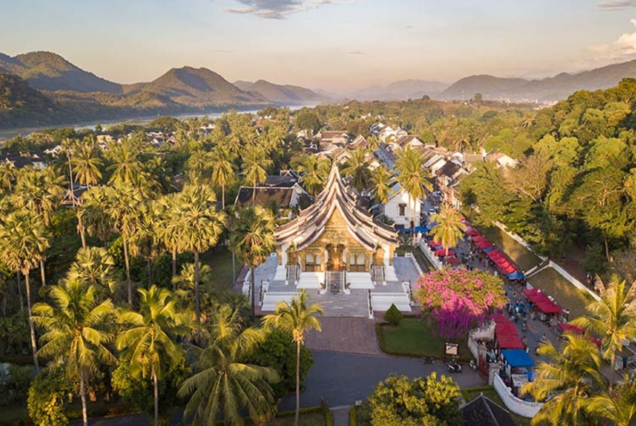
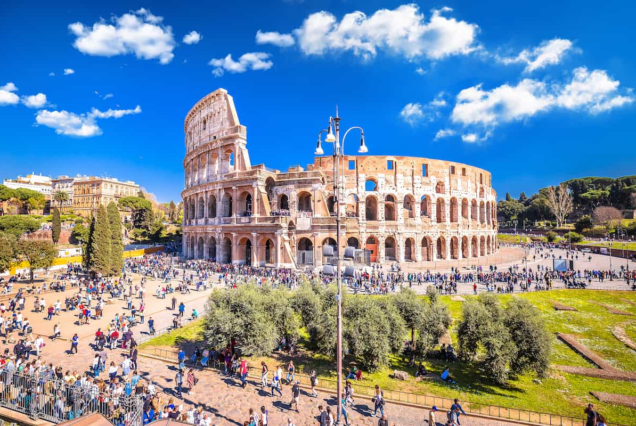
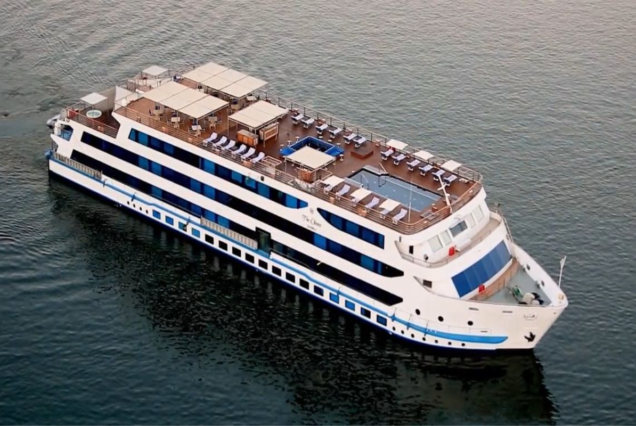



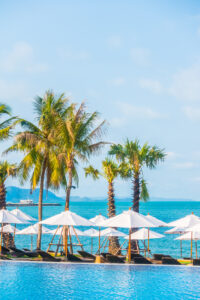
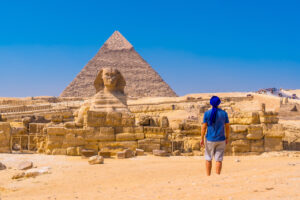
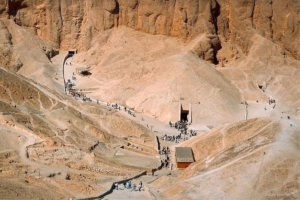
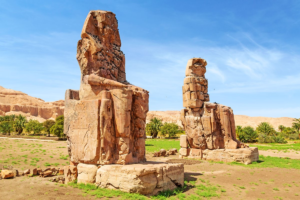
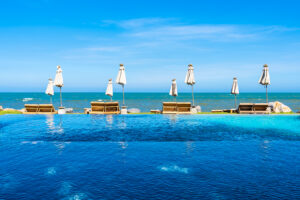
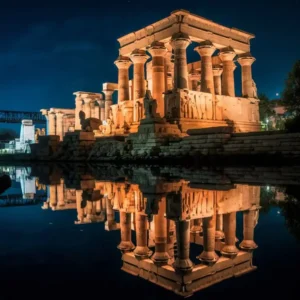
Reviews
There are no reviews yet.